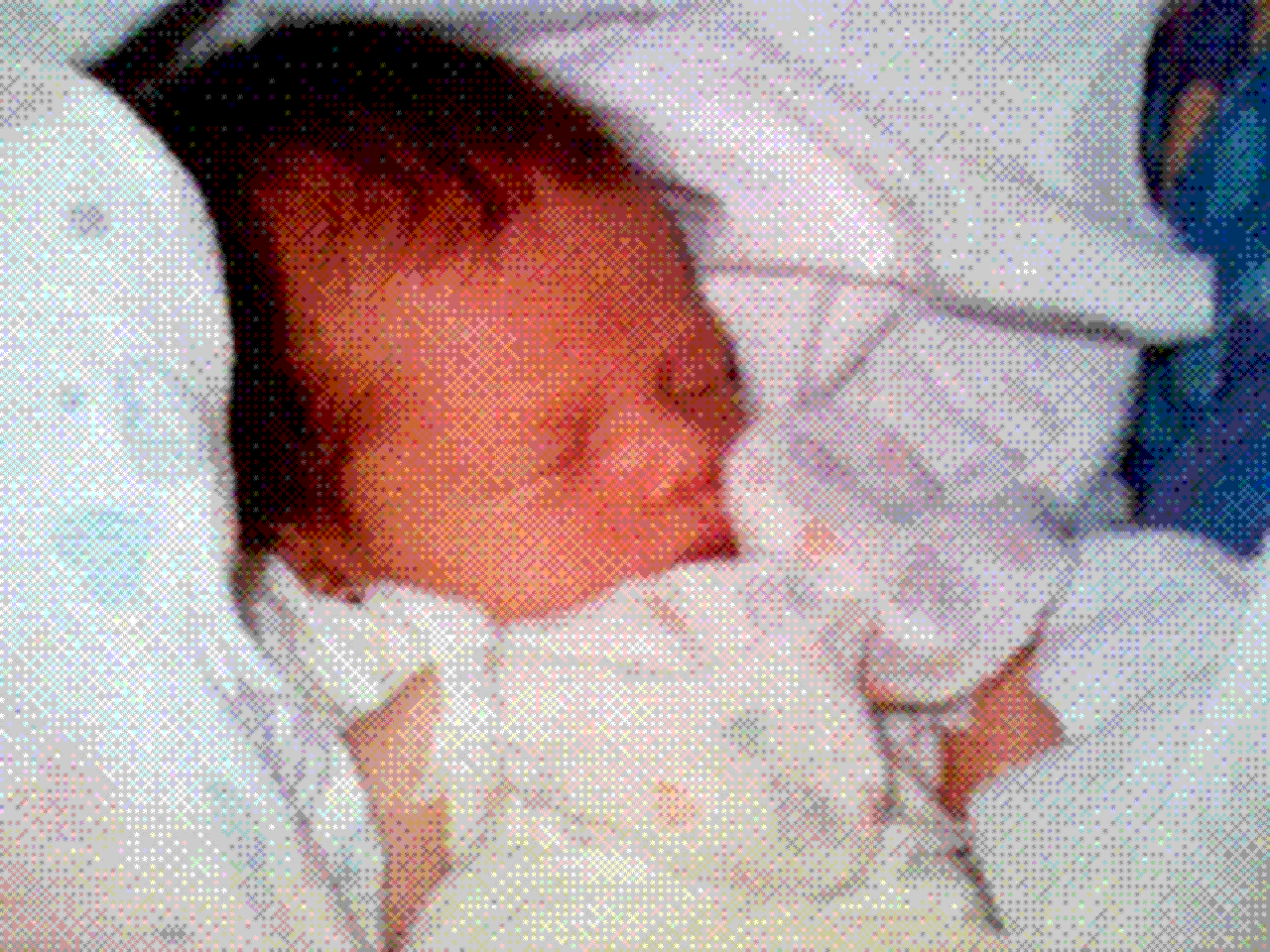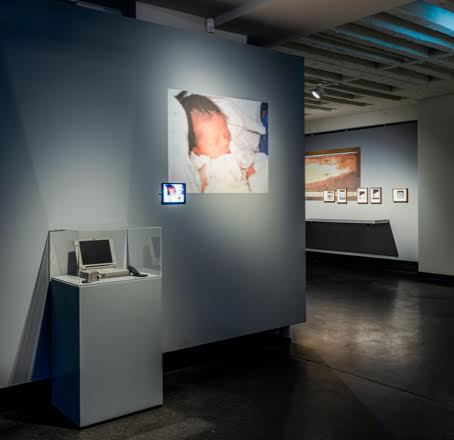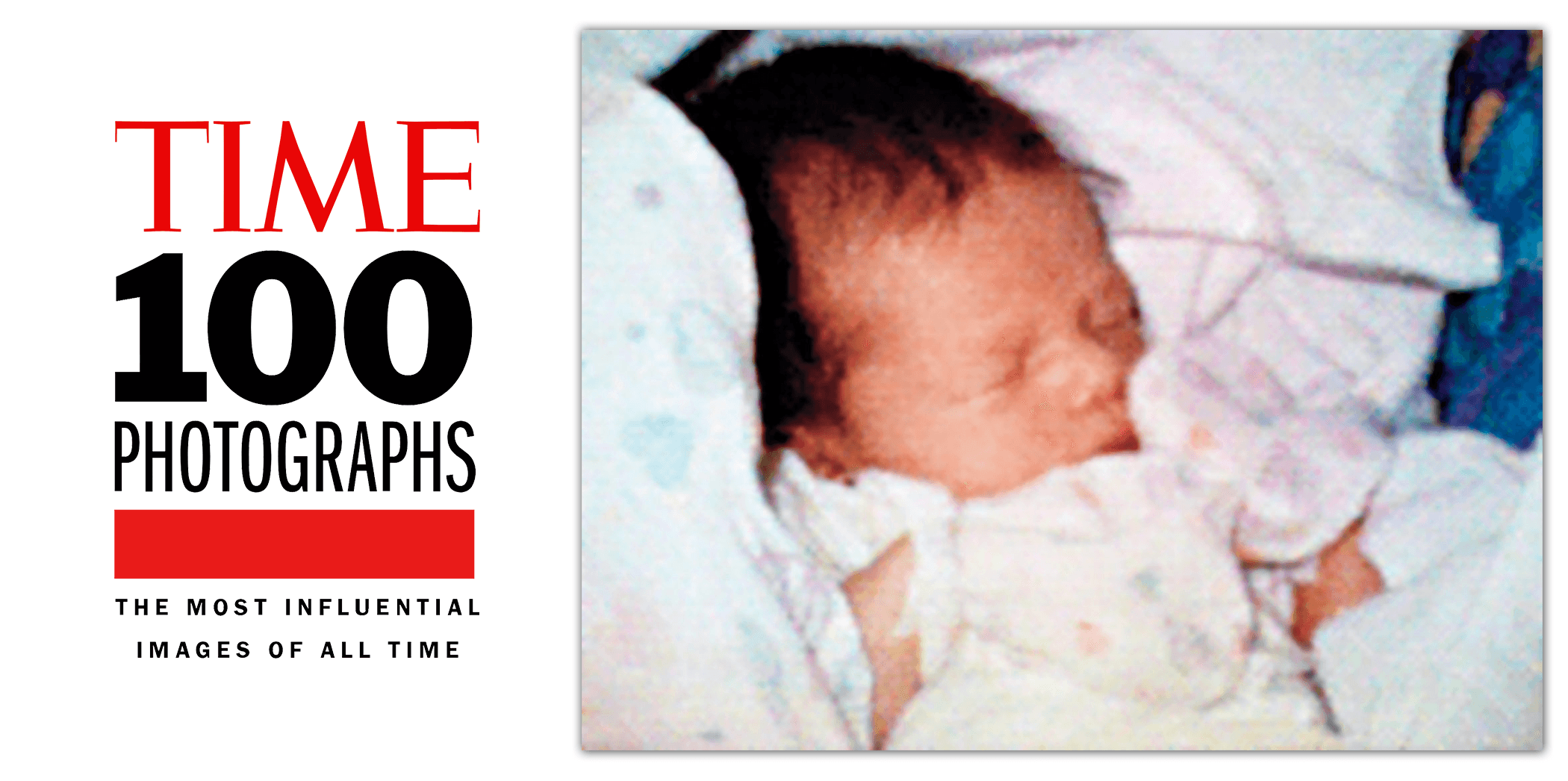
The first instantly-shared camera phone picture is one of TIME Magazine’s 100 Most Influential Images of All Time.
Point, Shoot, Share, Instantly
Major museums from around the world
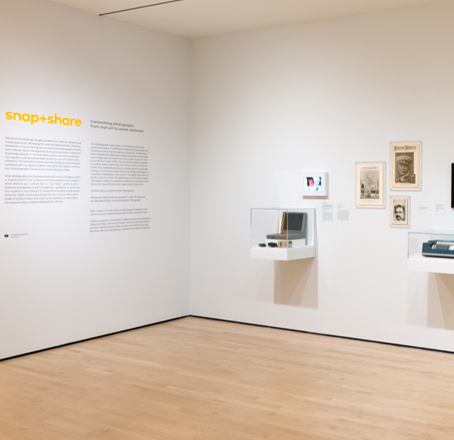
SAN FRANCISCO
SFMOMA Exhibition Explores the Transmission of
Photographs from Mail Art to Social Media
San Francisco Museum of Modern Art
Point, Shoot, Share, Instantly
The timeline of social media
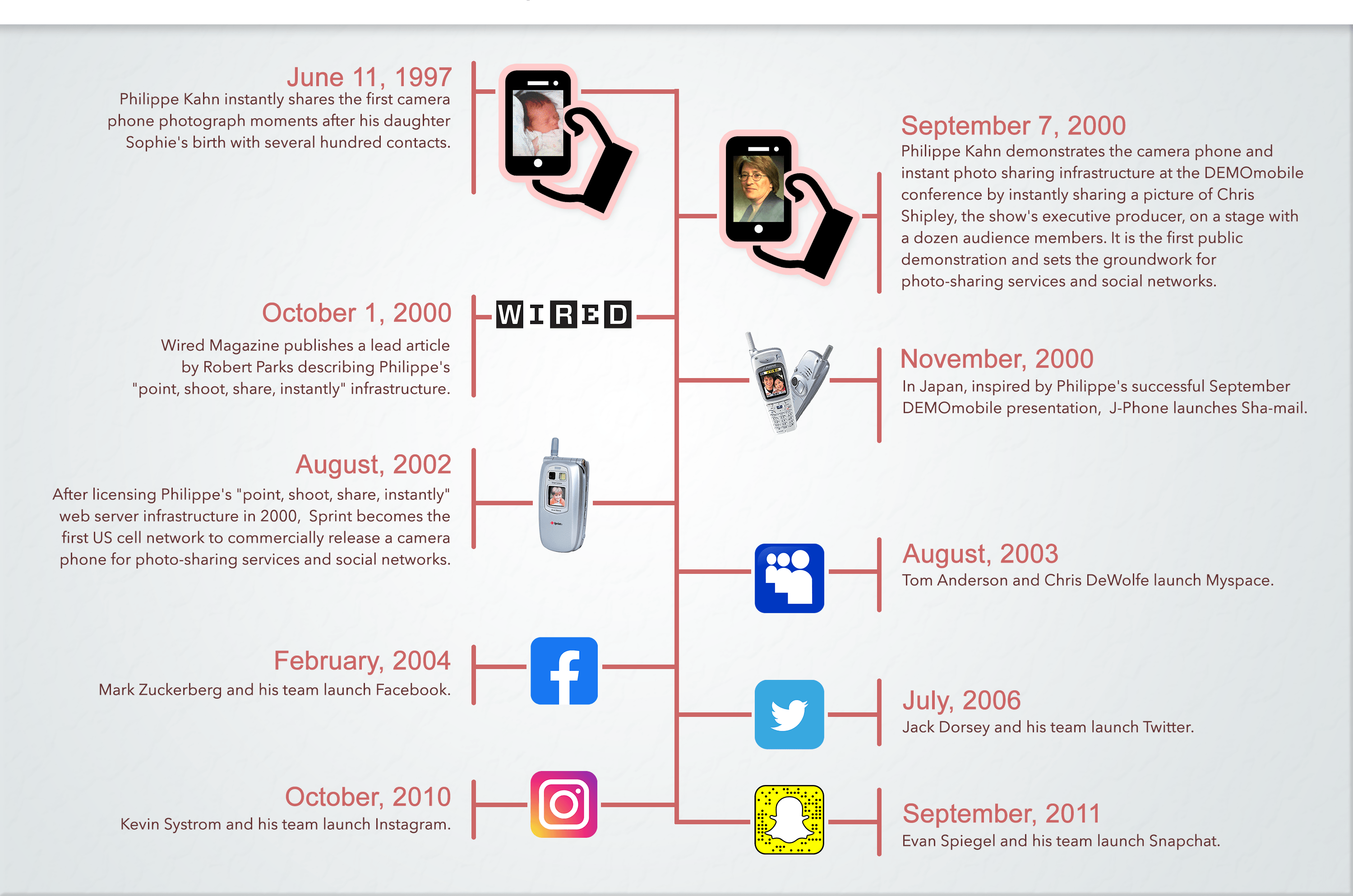
Press & Additional Reading
A selection of articles and media featuring the first “point, shoot, share, instantly” camera phone photo and its historical and cultural impact.

Wired | Bob Parks | October 1st, 2000

Slate | January 17 2007

Mercury News | Larry Magid, June 12, 2017

AdAge | February 5, 2012

GoLocal | Walter Mossberg, August 11, 2017

Stuff.tv, June 20, 2016

Inc., Lewis Schiff, April 27, 2013

Brian Lam, Gizmodo, July 19 2007

USA Today, January 23 2007

Exploring History, Kassondra O’Haram, Medium.com, May 30, 2021

Wikipedia

PetaPixel, September 27, 2011

DIY Photography, June 14, 2017

Forbes, June 9, 2020

Fortune.com, March 14, 2001

Matthias Hohensee, September 8, 2015

L’invention de la photographie partagée
Transbordeur. Photographie histoire société, no. 5, 2021, pp. 166-177

Wissen, December 28, 2020
On June 11th, 1997, there were two births: a baby and the first instantly shared camera-phone photo. Here is how it happened.
The following 4-minute video accurately tells the story of the first-ever camera phone photo shared instantly over public cellular networks:
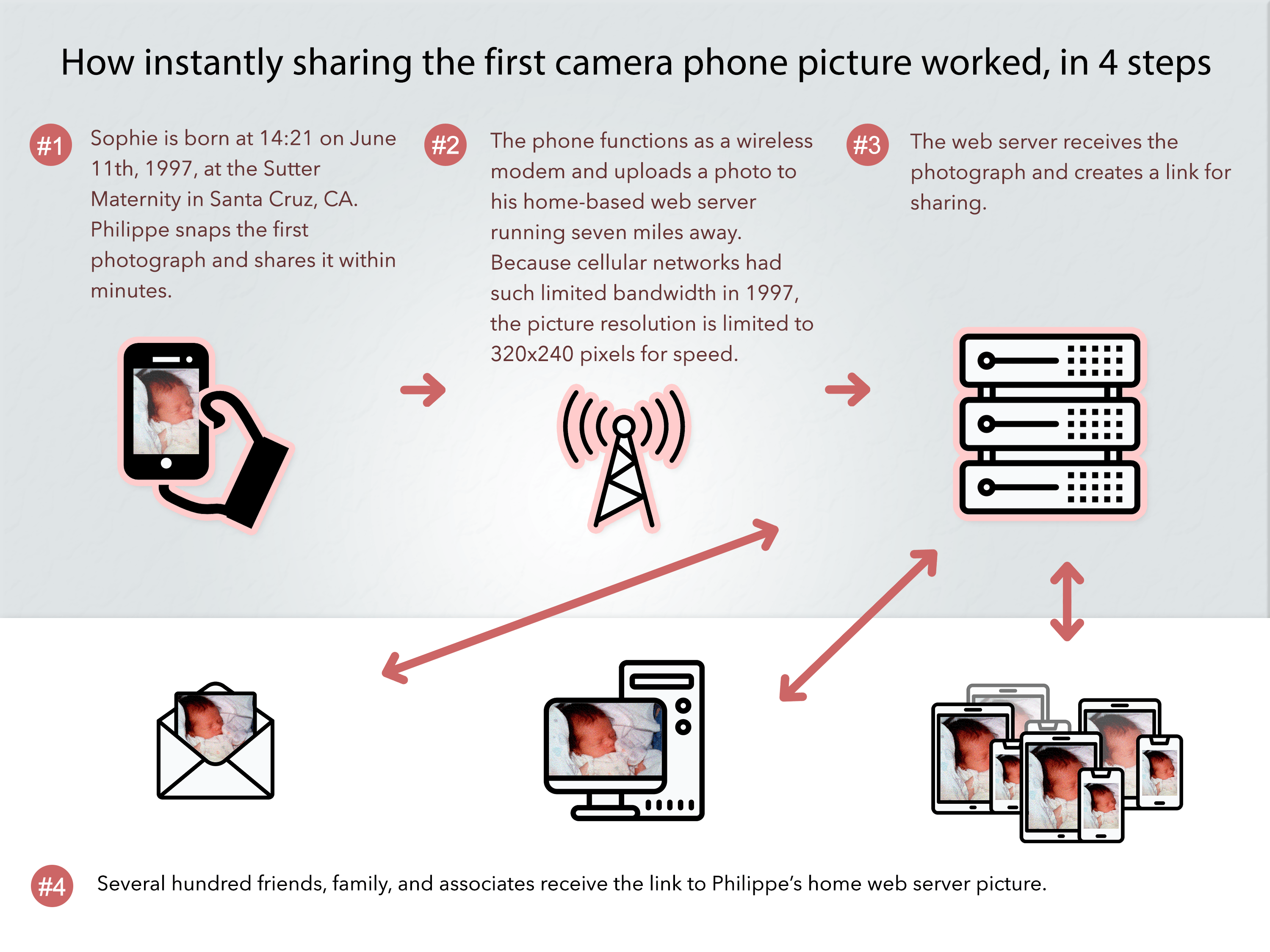
The First Camera Phone Hardware Prototype
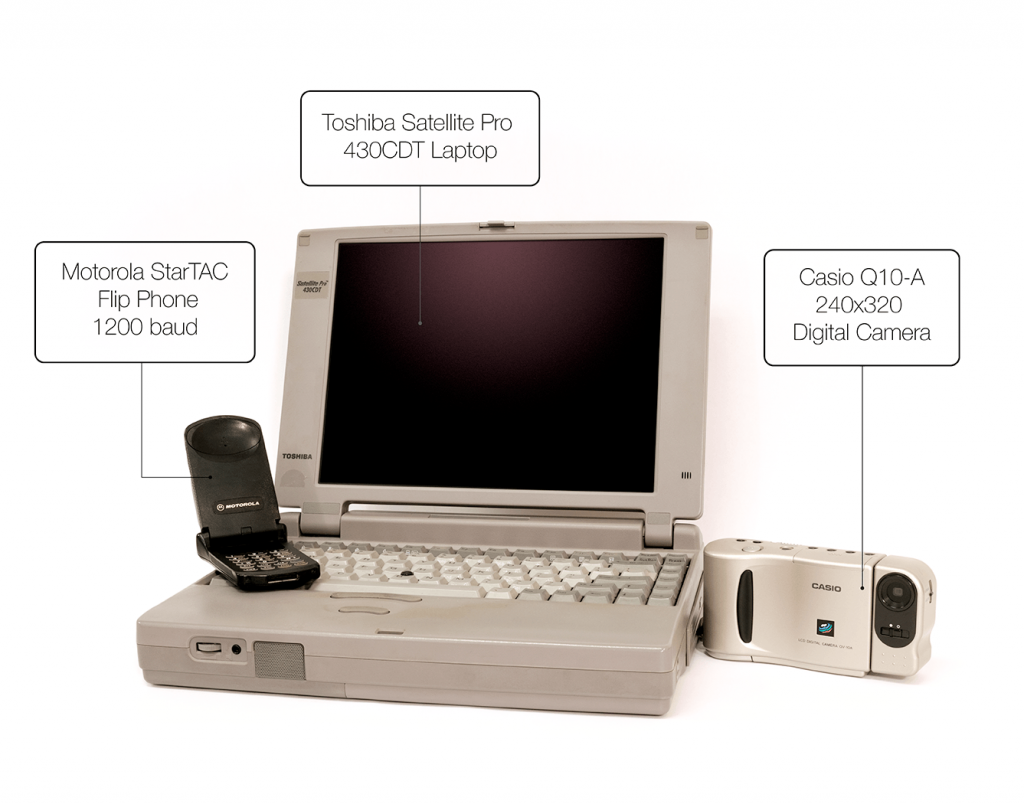
On June 11th, 1997, Philippe Kahn debuted the first camera phone solution to share photos instantly over public cell phone networks. The impetus for this invention was the birth of his daughter with his wife, Sonia Lee. After the birth, Philippe connected a digital camera to a mobile phone and sent an image to his home-based webserver to share photos in real-time. In 2016, Time Magazine included Philippe’s first camera phone photo in their list of the 100 most influential photographs of all time.
Philippe had already spent about eight months working on the infrastructure and technology components for an “instant visual communicator,” but it was not until the baby was born that he successfully put it all together. At the hospital, he wired a digital camera (at low resolution) to his mobile phone, used his laptop to run the software, and then sent the picture to his webserver running seven miles away at his home. His server created a link and shared it instantly with friends and family around the world.
This architecture and design would eventually become the product that was licensed to wireless carriers by the company Philippe and Sonia founded, Lightsurf technologies, in addition to becoming the blueprint for today’s social media.
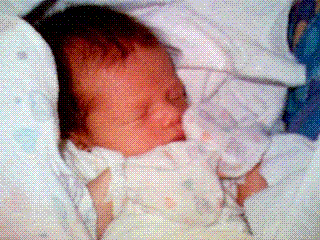
original format: 320×240 GIF
Additional Images
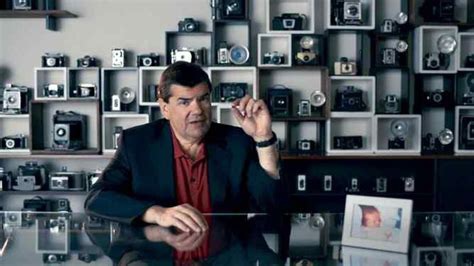
Best-Buy techno-mercial focused on sharing the first camera phone photograph 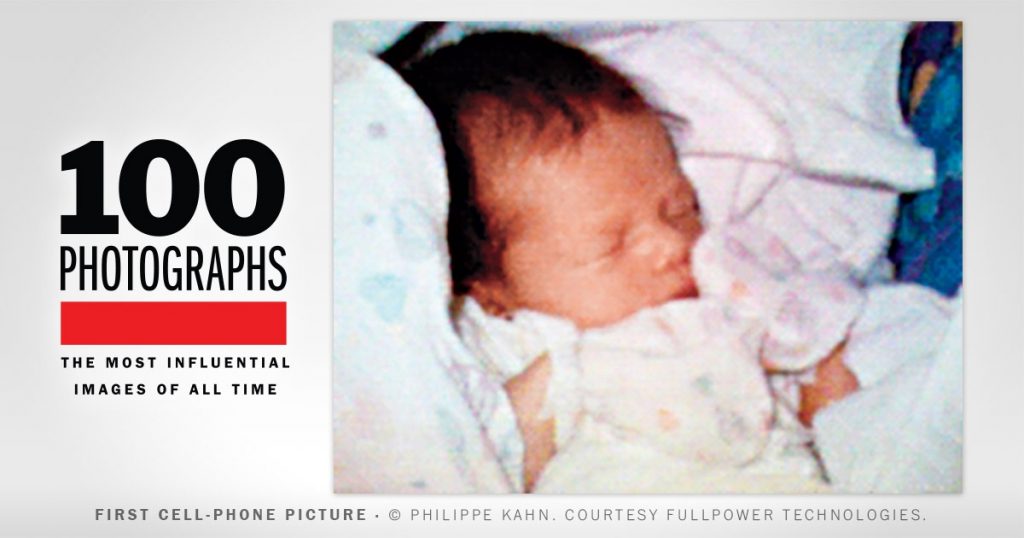
First camera phone shared picture
First Camera Phone Photo Instantly Shared in a Public Forum
DemoMobile conference, September 7th, 2000, Pasadena, California
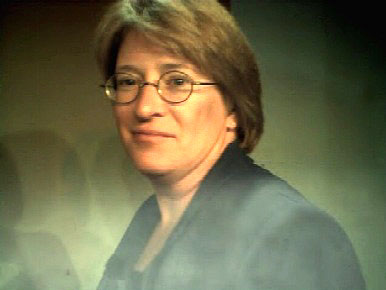
This photo of Chris Shipley, Executive Producer of DEMO Conferences, was snapped and shared by Philippe Kahn at DEMOmobile 2000. Philippe founded LightSurf Technologies with his wife, Sonia Lee, and revealed its instant sharing wireless digital photography web server platform. This was the first wireless photo publicly shared, instantly. It happened on September 7th, 2000, and preceded all camera phone launches worldwide. The cellular network used was the ATT analog cellular network. Here is the September 7, 2000 press release, copied from the LightSurf website.
September 7, 2000
Philippe Kahn Demonstrates Instant Wireless Digital Photography, Powered By LightSurf
LightSurf Reveals the First Application of Its Wireless Visual Communications Technology
PASADENA, Calif. – September 7, 2000 – Philippe Kahn, founder and CEO of LightSurf Technologies Inc., demonstrated the company’s instant wireless digital photography technology today at the DEMOmobile 2000 conference.
Kahn appeared on stage holding a next-generation, ultra-portable wireless phone attached to the world’s smallest digital camera, designed by LightSurf. Kahn then snapped a digital photo and transmitted the image wirelessly to a website in a matter of seconds. Operating without cables or wires, the tightly integrated camera and phone captured, previewed, and sent the image to the Internet.
The demonstration, a first in North America, showcased LightSurf’s complete end-to-end infrastructure solution for instant wireless digital photography. The solution includes photo-enabled mobile devices designed by LightSurf, patent-pending wireless acceleration technology and back-end imaging servers.
LightSurf’s technology can be integrated into an array of wireless mobile devices and wireline products, including cell phones, PDAs, PCs, and even automobiles. The company’s back-end image management system consists of massively scalable e-commerce and intelligent storage infrastructure that can receive, store, share and transmit billions of digital images simultaneously.
LightSurf is developing, deploying, and managing visual communications solutions for a broad range of customers and applications, including messaging, voice annotation, streaming video and audio, and other forms of media. The company’s technology is compatible with today’s wireless networks and scalable to keep pace with the increases in speed and bandwidth of future wireless communications systems.
Recently, the company formed collaborative partnerships with Kodak (NYSE: EK) and Motorola (NYSE: MOT) to create and deliver wireless digital photography solutions for the mass market. The Kodak Picture Center Online is an example of LightSurf’s back-end imaging infrastructure that is currently in commercial use managing millions of digital images for consumers across the United States.
“LightSurf is creating the technology, infrastructure, and services to drive wireless visual communications into the mainstream,” said Philippe Kahn. “We have proven that today’s networks and wireless infrastructure, coupled with our technology, can rapidly capture and send high-quality images anywhere in the world.”
Market Opportunity
The market for wireless visual communications is expected to grow rapidly, as demand for mobile net access devices and photographic applications on the Internet expand. Photo sharing is already the most requested service on the Internet today, according to studies by AOL/Roper Starch and Morgan Stanley. InfoTrends, a leading market research group, forecasts that at least one billion digital images will be uploaded to online photo communities this year. This number will increase considerably due to the growth in film digitization and the use of digital cameras. On the hardware side, the Yankee Group predicts that 60 million net access cell phones will be in service by 2005.
“LightSurf’s wireless digital photography technology is exciting because it is here now, on today’s networks, not just a promise of things to come,” said Chris Shipley, executive producer of DEMOmobile. “LightSurf is leading the visual communications arena. We expect to see many exciting applications and services in the coming year from LightSurf and their partners, including Motorola and Kodak.”
LightSurf is the third company started by Kahn. He previously founded Starfish Software, a leading supplier of wireless infrastructure and synchronization solutions that was successfully acquired by Motorola in 1998. Kahn retained his position as CEO of Starfish, which is now a thriving independent subsidiary of Motorola. Prior to Starfish, Kahn founded Borland International, a leading provider of world-class software development tools.
Kahn, who was named by Byte Magazine as one of the Top 20 Most Important People in the history of the computer industry, is featured in the October 2000 issue of Wired discussing LightSurf and his plans for revolutionizing wireless visual communications.
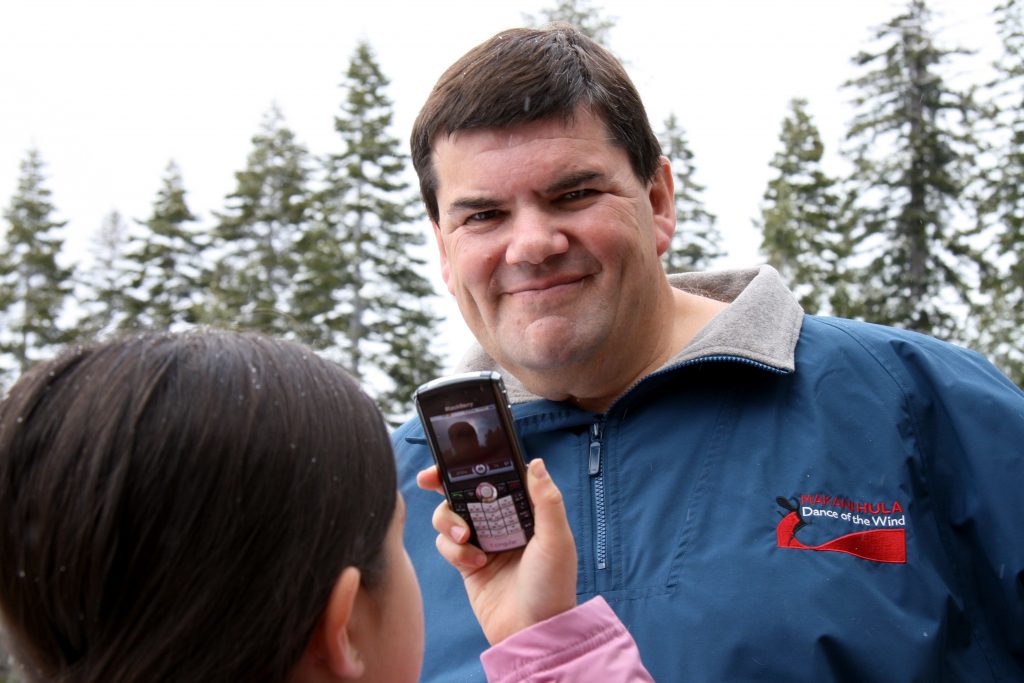
Sophie at age 10 taking a camera-phone picture of her dad 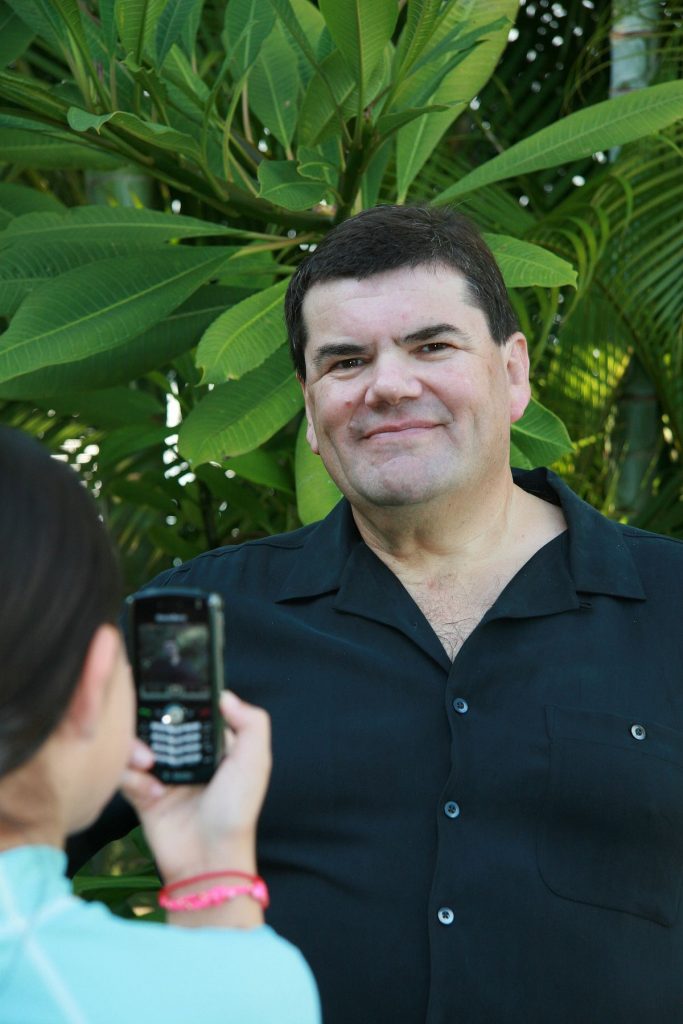
Sophie at age 11 taking a camera-phone picture of her dad
First Instantly-Shared Camera Phone Photo,
June 11th, 1997, Q&A
Q1. How do you know that this is an original?
A1. Sophie was born at 14:21, on June 11th, 1997. The first picture was taken and shared within 45 minutes of her birth.
Q2. What is the unique time date stamp on this photograph?
A2. The baby’s actual birth date and time are on the birth certificate. There can only be one.
Q3. How do I know that it’s authentic?
A3. We know that the photo was shared instantly with hundreds of friends, family, and industry luminaries by referencing information on the baby’s birth certificate.
Q4. Haven’t there been other camera phones before?
A4. There were, of course, several lab experiments making wireless cameras. For example, the Olympus Deltis camera could send pictures through a phone line (not a cell phone network); the focus was to upload higher resolution pictures to the dial-up services of the time such as Compuserve and AOL. Those uploads could take 10 minutes, sometimes more, over a wireline network. Philippe’s focus was instant sharing over cellular networks. Philippe’s key innovation is integration in the phone to make it “the camera you always have with you.” The first picture of his daughter used a realistic resolution for a phone camera of the time. Philippe’s insight was the phone in every pocket should have a cellular-connected camera delivering the vision of “point, shoot, share, instantly.” Sophie’s birth photograph is grainy because Philippe was prepared to use a very low resolution to deliver that instant share.
The photograph shared on June 11th, 1997, is unique and the first of its kind.
Q5. What was the first commercial launch of “Picture Mail?”
A5. In Japan, in mid-November 2000 and more than two years after June 11th, 1997, “Sha-Mail” (“Sha-Mail” means “Picture Mail” in Japanese), launched with a Sharp Electronics phone by the carrier J-Phone, known today as Softbank. The 1997 birth picture preceded these launches by several years and was shared on public networks using a social media infrastructure. Sha-Mail was a simple mailing system, not a server-based instant sharing solution. The commercial launches occurred after both the DEMOmobile conference on September 7th, 2000, and the publication of the Wired Magazine article.
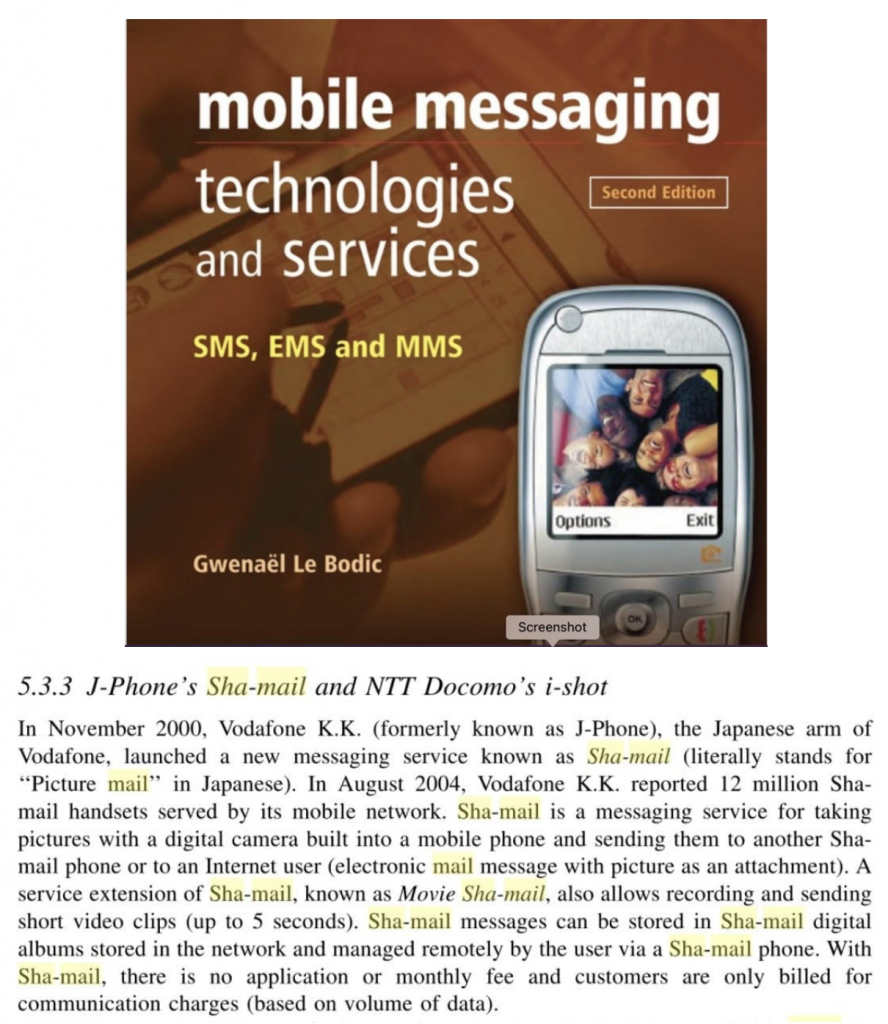
Q6. Who were the people with whom you shared the picture?
A6. Several hundred people had an email address in my comprehensive address book. That group included: friends, family, tech industry contacts, industry analysts, and PR lists. In addition, some key influencers, including industry luminaries such as Walt Mossberg, Tim Bajarin, Larry Magid, and Chris Shipley, remember receiving the picture.
Q7: Do you have other photos that followed the picture of the birth?
A7. This is the first photograph and the one that we and others kept. It’s iconic.
Q8. What is the first publication that wrote about your invention?
A8. It’s Wired Magazine. October 1st, 2000. It’s remarkable because it authenticates the vision before the first commercial launch in the US.

The Big Picture
Wired | Bob Parks | October 1st, 2000
Q9. When was the first complete public demonstration of your “Point, Shoot, Share, Instantly” solution?
A9. It was at the DEMOmobile conference, September 7th, 2000, in Pasadena, California.
Q10. After you created the camera phone, what happened?
A10. As the Wired Magazine article describes, we started a new company in late 1997 called Lightsurf.
Q11. What was the first US/European commercial implementation and deployment of your invention?
A11. After the DEMOmobile presentation on September 7th, 2000, Sprint, a leading wireless carrier under the leadership of innovation director Pierre Barbeau, decided to implement instant photo sharing on their network. Sprint looked at all possible alternative implementations and found that the only available option was from Lightsurf. The Lightsurf solution delivered under Philippe Kahn’s leadership, and developed from his original blueprint, was the only choice. This collaborative solution became a dominant success and propelled Sprint into a leading market position.
“In early 2001, I was interested in building Sprint’s photo-sharing solution. To that effect, I went to photography and technology industry conferences such as PMA and CES to look for a technology infrastructure partner. The only viable solution I found was the one that LightSurf showed us based on a Motorola hardware prototype tightly coupled with a complete server infrastructure, similar to what Philippe demonstrated publicly at the DEMOmobile industry conference in September 2000. As a result, Sprint and Lightsurf signed a commercial licensing agreement, and Sprint kicked off its commercial effort in March 2002. Together Sprint and Lightsurf built the first mobile instant picture sharing service in record time, deploying in August 2002. That was ahead of any competition, laying the foundation for many recent photo-sharing services. I oversaw the product direction and growth of Sprint PIcture Mail through 2007.”
-Pierre Barbeau
Pierre continues to lead the development of innovative visual communication solutions with the company he co-founded, Moblico, a mobile communication, and marketing platform for businesses.
Sprint’s first highly successful Lightsurf-integrated solution was the SANYO SCP-5300.
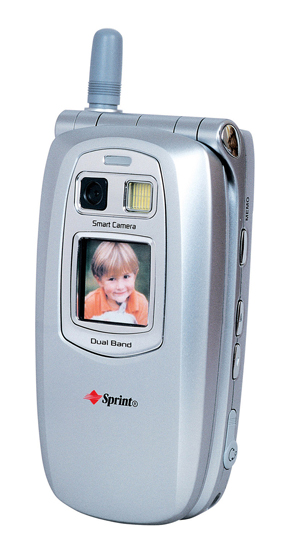
Q12. Weren’t there prototypes of integrated cameras with phones before June 11th, 1997?
A12. Yes, there were several lab prototypes of phones with cameras before June 11th, 1997. However, none integrated with a cell phone web server-based infrastructure that worked like Instagram works today. They could not share pictures instantly. Philippe’s vision was to “point, shoot, share, instantly,” which would later become the foundation of social media.
The photo Philippe took and shared instantly on June 11th, 1997, utilized a unique web server-based infrastructure that facilitated “point, shoot, share, instantly.” He had worked on it for around eight months, and it was running from his home. The infrastructure allowed that iconic moment to be shared instantly for the first time with several hundred contacts.
Olympus, Kodak, Polaroid, Fujitsu, and others had built lab prototypes that included a camera and a landline connection to upload, sometimes with cellular capabilities. They were all designed to upload to dial-up networks such as CompuServe and AOL. However, they were not web server-based, did not use public wireless networks, and could not share pictures instantly. All these lab experiments could achieve was to save photos on the phone or have lengthy uploads to dial-up services. There were no iconic moments. They took photographs in a lab, only to be viewed or printed on a printer later. Philippe connected both worlds and made “point, shoot, share, instantly” a reality using a cellular wireless public network and a camera supporting the low resolution needed to deliver an “instant sharing” vision.
From the Sutter maternity on June 11th, 1997, this is the first instantly shared picture with hundreds of recipients. It was shared instantly, the same way we share photos today on Instagram, Facebook, and other social networking platforms.
The invention is about “point, shoot, share, instantly,” bringing together the hardware, cellular wireless networks, and web server infrastructure to create and capture that historic and iconic moment. That is the inspiration. It has inflections pointing to “a moment in time” that can be shared instantly with the world and is the foundation of today’s social media platforms.
Q13. Do you have a birth certificate that is proof?
A13. Yes, here is a copy of it:
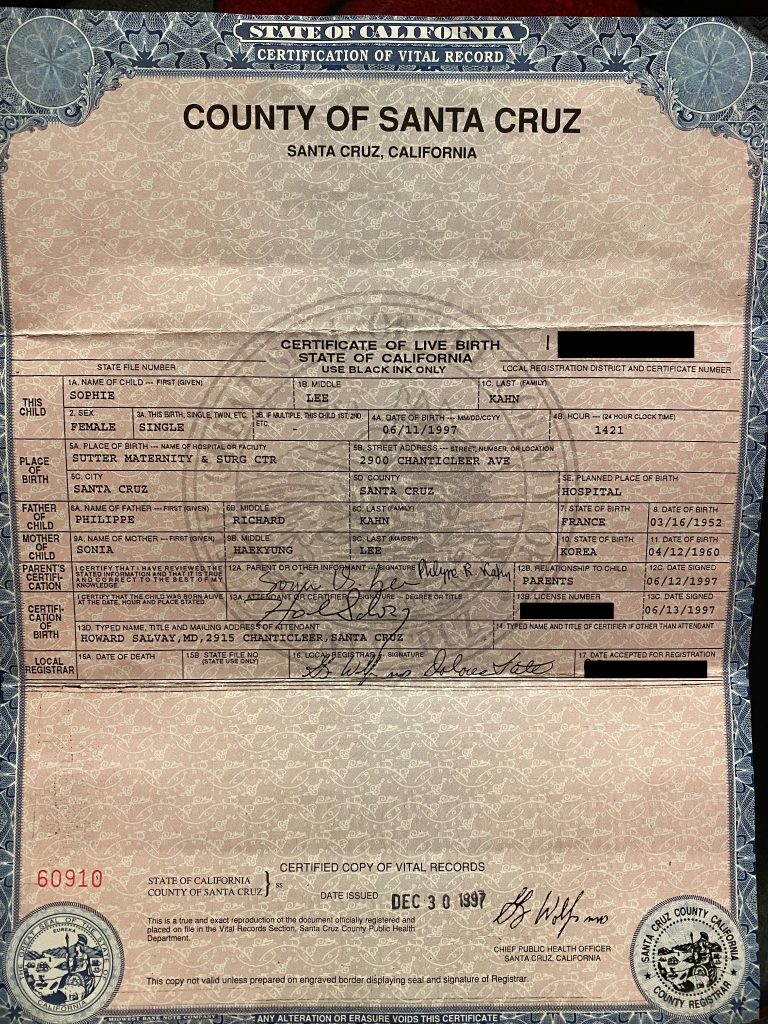
Q14. Has this photograph received an independent photo award?
A14. Yes, it received the PSA award in 2018.
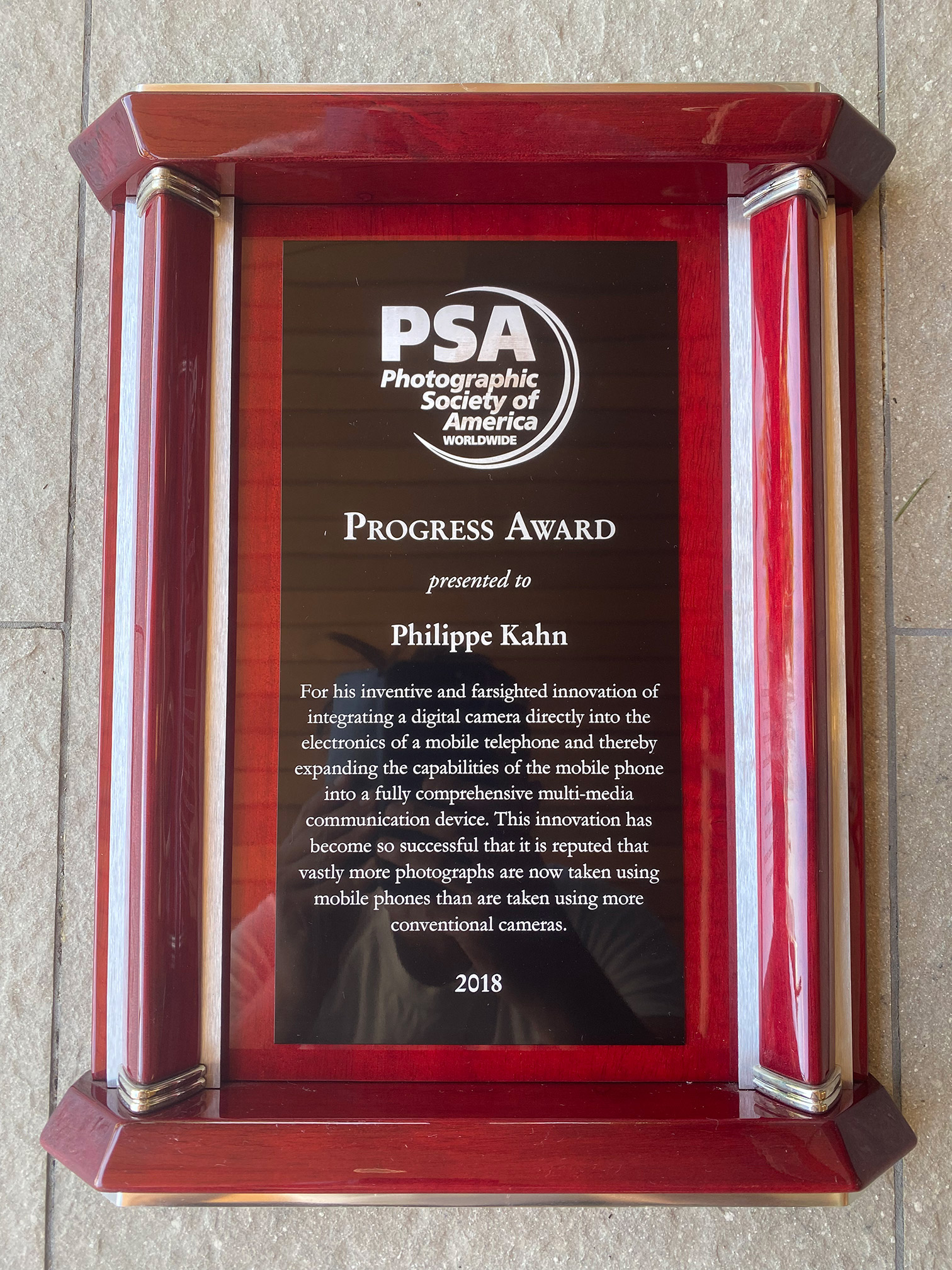
Q15. Why is the photograph so grainy?
A15. In 1997 with low-bandwidth cellular networks, to deliver on the vision of “point, shoot, share, instantly,” Philippe chose to throttle back the resolution of the Casio digital camera to 320 by 240 pixels. That reduction facilitated the “instant share” experience that we are accustomed to today. Gradually, as cellular networks increased their bandwidths, the camera-phone picture resolution increased as well.
